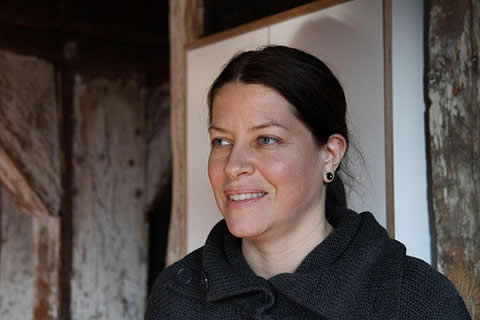Difference between revisions of "Winona sandbox"
| Line 13: | Line 13: | ||
[[Image:winona.jpg|thumb|right|150px| Auger drilling in temporary casing]] | [[Image:winona.jpg|thumb|right|150px| Auger drilling in temporary casing]] | ||
| + | ===Acknowledgements=== | ||
{{:Acknowledgements Sanitation}} | {{:Acknowledgements Sanitation}} | ||
<references/> | <references/> | ||
Revision as of 13:46, 7 April 2011
Access to Water in Bolivia
Privatization
Privatization led to increased prices and lack of access, rather than increased access. In Bolivia, even though much of the major city covered by the documentary was connected up by the global water company, the poor could not afford the connection charges. Some 200,000 people in that city—a quarter of the population—were not connected.1
Water Shortages
Scientists1 monitoring the glaciers high in the Andes mountains - a key source of water - say the ice is showing signs of shrinking faster than previously forecast. Faced with a booming population and a combination of glacial retreat and reduced rainfall, the governor of the La Paz region is even contemplating moving people to other parts of Bolivia. Water is already in short supply among the poorest communities and has become a cause of tension. Glacier Threat to Bolivia Capital
Acknowledgements
The material on this page was adapted from:
Elizabeth Tilley, Lukas Ulrich, Christoph Lüthi, Philippe Reymond and Christian Zurbrügg (2014). Compendium of Sanitation Systems and Technologies, published by Sandec, the Department of Water and Sanitation in Developing Countries of Eawag, the Swiss Federal Institute of Aquatic Science and Technology, Dübendorf, Switzerland.
The 2nd edition publication is available in English. French and Spanish are yet to come.



